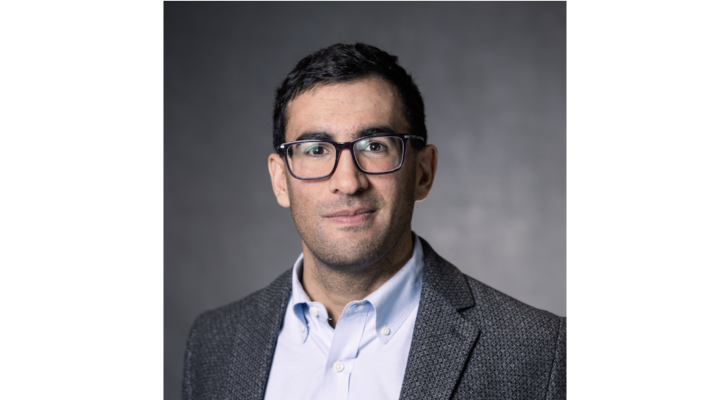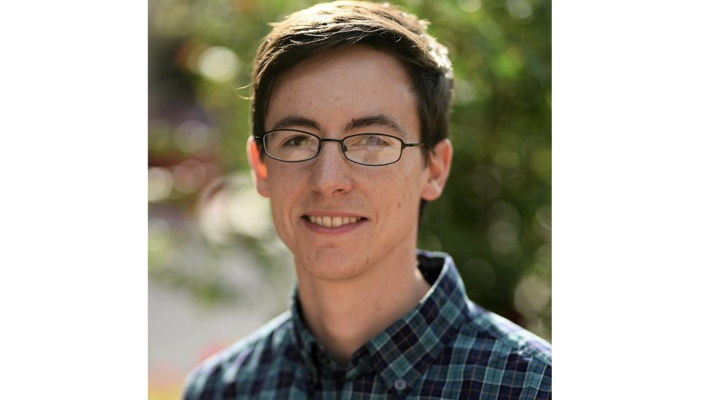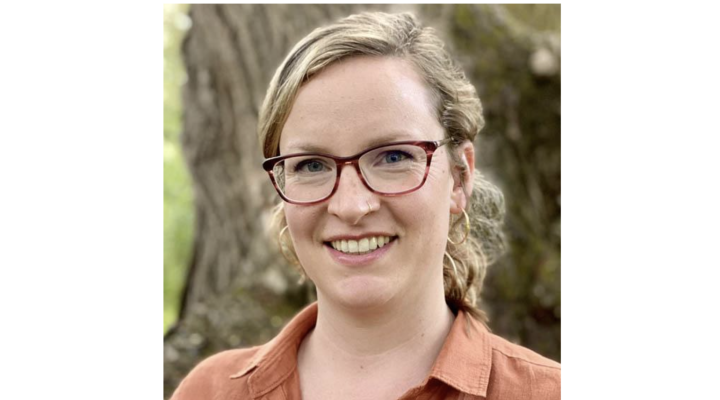Iwijn de Vlaminck, the newly appointed assistant professor of biomedical engineering, brings a biophysics approach to the field of genomics. This focus, which analyzes the DNA that exists outside of cells, or within single cells alone, could yield exciting advances in medicine.
De Vlaminck studies cell-free DNA--the free-floating genetic remnants from dead cells in the blood stream “The genomes of these cells don’t disappear magically.” In fact, cell-free DNA provides valuable information--with potential as diagnostics for cancer, infectious disease, or pregnancy testing. De Vlaminck started this research as a post-doc with Stephen Quake, a bioengineer at Stanford University. They worked primarily on the issue of organ transplant rejection in patients at the Stanford hospital. Rejected organs are attacked by the patient’s body, causing the transplant’s cells to die and dump their DNA into the bloodstream. With a blood sample, De Vlaminck can measure the composition of a transplant patient’s cell-free DNA. Some of it will be from the recipient, while, occasionally, some will come from the donated organ. “We found that the amount of the donor DNA is a good proxy of the health of the organ,” he says. “If you can’t find any donor DNA, you know there isn’t a lot of tissue damage going on--so it’s a neat way to non-invasively measure the health of the transplant--all you need is a simple blood prick.”
Currently, recipients must undergo regular biopsies in which solid pieces of tissue are removed from the organ and looked at under a microscope. “This technique doesn’t work very well,” says de Vlaminck, “nevertheless, that’s the state of the art.” With an easier diagnostic tool, doctors would be able to more easily test, and treat, transplant patients.
This work is likely to have a strong impact on the lives of patients, and soon--so far, de Vlaminck and his colleagues have proved that the blood-test method works in both heart and lung transplant patients.
Through this cell-free DNA sequencing work, de Vlaminck and his colleagues also detected DNA from foreign pathogens like bacteria, viruses, and fungi that had invaded the bloodstream of immunosuppressed transplant patients. De Vlaminck believes that this approach could be used as a way to do broad screening for infectious diseases in transplant patients. “You’d just get a blood sample and compare it against a library of pathogen genomic sequences to find a diagnosis,” he says.
Single-cell genomics is another novel method of genetic analysis de Vlaminck uses. Traditionally, when scientists want to examine an organism’s genetic makeup, they grow large cell cultures, and harvest and sequence the DNA en masse. This data only reveals average, rather than cell-specific, genetic information. However, “not every cell in your body has the same DNA,” says de Vlaminck. “For example, most tumors are not a homogenous population of cells--rapid mutagenesis is taking place.” Thus, analyzing just one cell in a tissue can reveal key information about the genetic mosaicism between these cells in the body, and presents hope of developing better therapies based on more detailed information.
Now at Cornell, de Vlaminck looks forward to continuing bioengineering work that will make a difference in the health and lives of real people. “It’s a fun period to be in genome sciences and biophysics,” he says. “And, our department is ambitious and growing--there’s a lot of opportunity here.”




